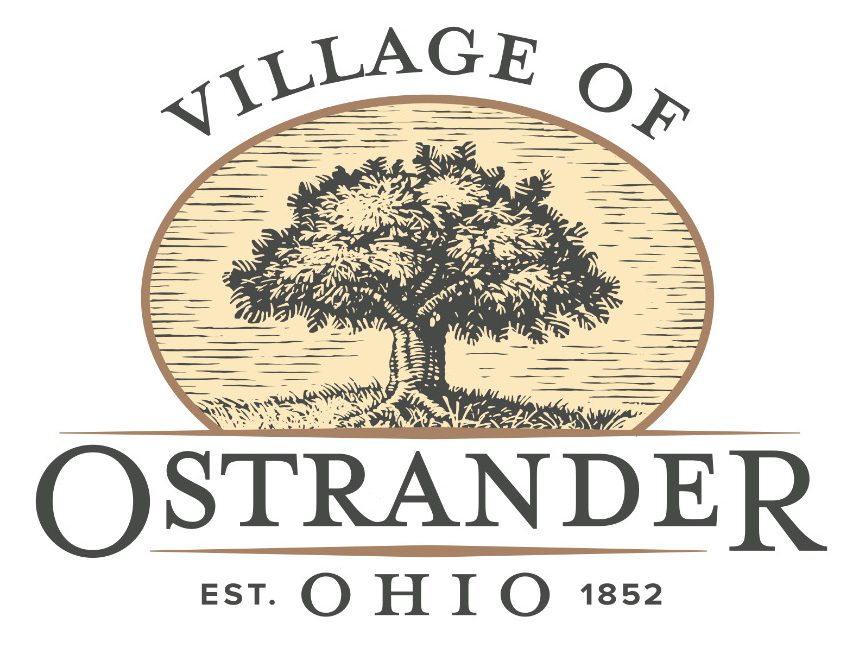COVID-19 SCREENING TOOL
Apple has launched a new screening tool for the US in partnership with CDC (The Centers for Disease Control and Prevention). The tool, available both as a website and an iOS app, acts as an information center for people across the country.
The tool also allows you to answer a bunch of questions to determine if you need to quarantine, take a screening test, or contact a medical professional.
U.S. CONGRESS PASSES CORONAVIRUS RELIEF BILL
The U.S. Congress has passed H.R. 748, a $2 trillion emergency relief bill to address the massive impact the ongoing coronavirus outbreak is having on all aspects of our country, from our economy to the sustainability of our communities. President Trump signed the bill shortly after it was passed
Here are some of the provisions in the bill that will have an impact on cities and villages.
- State and Local Coronavirus Relief Fund: $139 billion will be distributed between statesand local governments. Municipalities with a population exceeding 500,000 will receive direct distributions, while cities and villages below that population threshold will receive federal financial support through distributions made to state governments.
- The funds may only be used for “necessary expenditures” related to COVID-19incurred between March 1, 2020, and December 30, 2020.
- This funding is not revenue replacement funding. We are hopeful that funding will be in the fourth recovery bill that Congress is expected to introducesoon.
- Each state will be allocated a minimum of $1.25 billion to be prorated bypopulation.
- Municipal Bonds: Allocates $454 billion for the “Economic Stabilization Fund” andallows the purchase of municipal securities with maturities greater than 6 months in the secondary market.
- This fund also provides loans and loan guarantees to small businesses, so not all$454 billion will be used for the purchase of municipal securities.
- Transit Funding: $25 billion is allocated in Transit Infrastructure Grants for transit providers, primarily led by local governments, for operating and capital expenses. The FTA is directedto release these funds within 7 days of the bill’senactment.
- Housing and Community Development: $5 billion is allocated for Community Development BlockGrants.
- $2 billion will be given directly to states and local governments through theregular program formula.
- $1 billion will be given to thestates.
- The remaining $2 billion will be allocated by the U.S. Housing and UrbanDevelopment Agency (HUD) to state and local governments based onneed.
- The 15% services cap is suspended so that grantees may spend additional fundson assistance to low-incomehouseholds.
- Homeless Funding: $4 billion is allocated for Homeless AssistanceGrants.
- $2 billion will be allocated by HUD to state and local governments based onneed.
- $2 billion will be allocated by formula to currentgrantees
- Disaster Assistance: $45 billion is allocated to the Disaster Relief Fund for the immediate needs of state and local governments. Reimbursable activities may include medicalresponse, personal protective equipment, National Guard deployment, coordination of logistics, safety measures and communityservices.
- The bill also allocates $100 million in Emergency Management Performance Grantsto state and local governments to support coordination, communications and logistics.
- Commerce: Allocates $1.5 billion for the Economic Adjustment Assistance Program (EAA) to be given to state and local entities for technical assistance and planning for public works and infrastructure in regions experiencing adverse economicchanges.
- Direct Payments: Individuals will receive $1,200 while married couples would receive $2,400 with an additional $500 for each child under age17.
- Payments phase out for those making more than$75,000.
- People making over $99,000 aredisqualified.
- Thresholds for couples aredoubled.
- Unemployment Insurance: The federal government will give unemployed workers $600a week for 4 months on top of statebenefits.
- The bill also calls for a new pandemic unemployment assistance program toprovide jobless benefits to those who don’t traditionally qualify.
- Loans: The Treasury Department can provide $500 billion in loans, loan guaranteesand investments that will be monitored by a congressional oversightcommission.
- $454 billion is earmarked for loans to businesses, states andmunicipalities.
- Foreclosures, Evictions and Food Assistance: The bill protects those facing financialhardships due to COVID-19 from foreclosure and evictions by granting those individuals forbearance without fees, penalties or additional interest on federally backed mortgages for 60 days or more.
- Federally backed mortgages cannot be foreclosed for 60 days starting March18.
- Additionally, $450 million is allocated for the Emergency Food Assistance Program and provides additional funding for the Supplemental Nutrition Assistance Program and the Child NutritionProgram.
